Living A Life In Ice
When we hear that someone has lived more than 100 years, it kind of blows our minds when we think about all of the things that they’ve lived through. But when we heard about a marine animal that may have been born before William Shakespeare, we were truly shocked. Could it even be true?
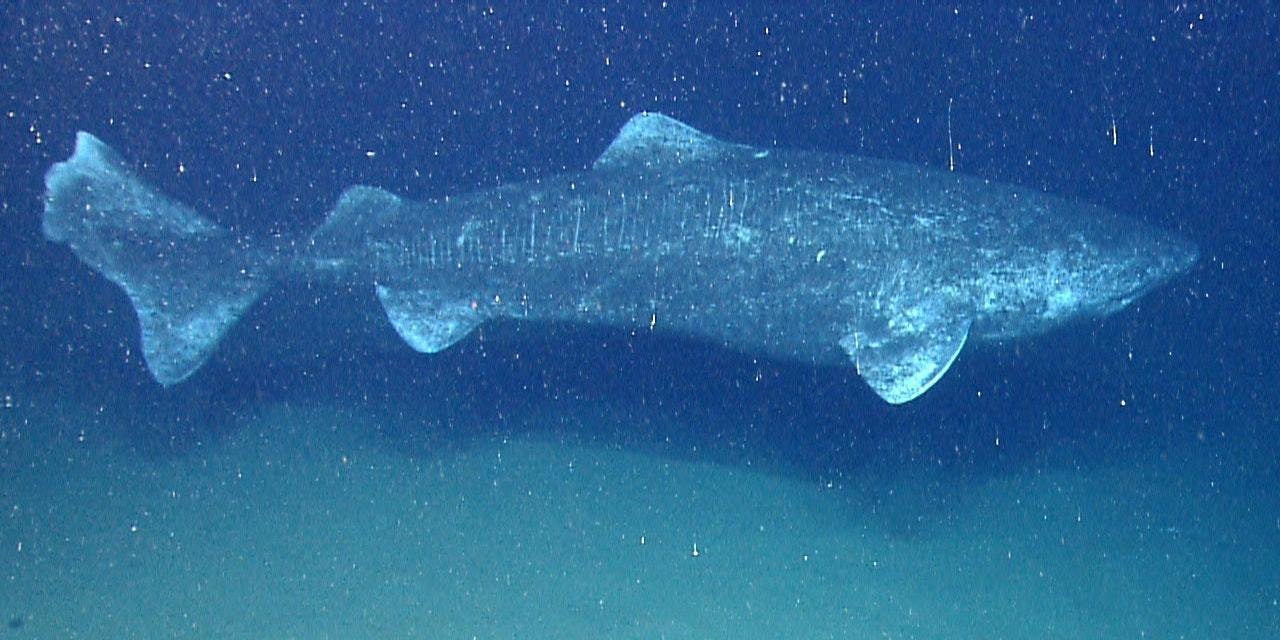
There is a mysterious creature living in the dark, frozen waters of the sub-Arctic ocean – a beast that goes by the name, Greenland Shark. This slow-moving animal is absolutely massive, and has managed to avoid humans at all costs, so there’s not much that we know about it. But, recent studies have shown that the Greenland shark just might be the oldest living vertebrae on Earth!
The Oldest Alive

A team of researchers from the University of Copenhagen published a paper last year with the results of a study they conducted in which they tried to determine the age of 28 different female Greenland sharks. Julius Nielsen, the lead author, determined that the oldest of the group could quite possibly be more than 500 years old! If this is true, the Greenland shark would take the title as oldest animal in the world.
Ming Could Have Known Henry VII
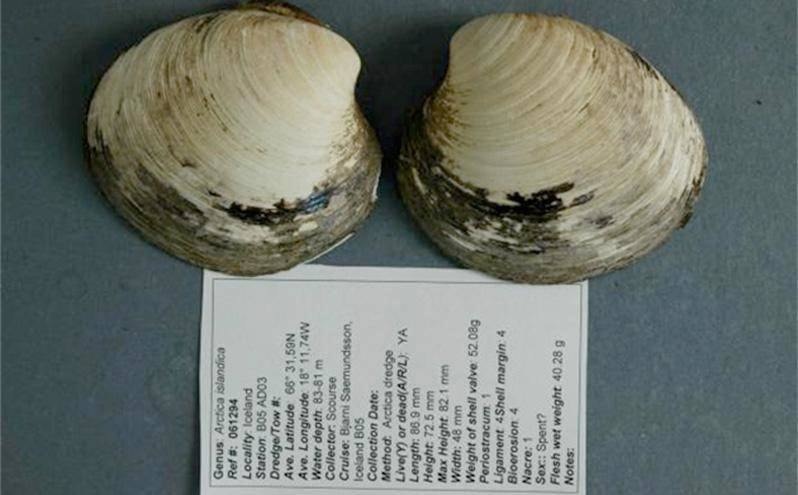
Previously, the record holder for the oldest animal alive was the Icelandic clam, also referred to as an ocean quahog. The clam, which also goes by the name Ming, was an incredible 507 years old. Unfortunately, while they were still studying it, Ming died. But Ming wasn’t the first species that was discovered to have lived more than a century.
Marine Life Lives Longer
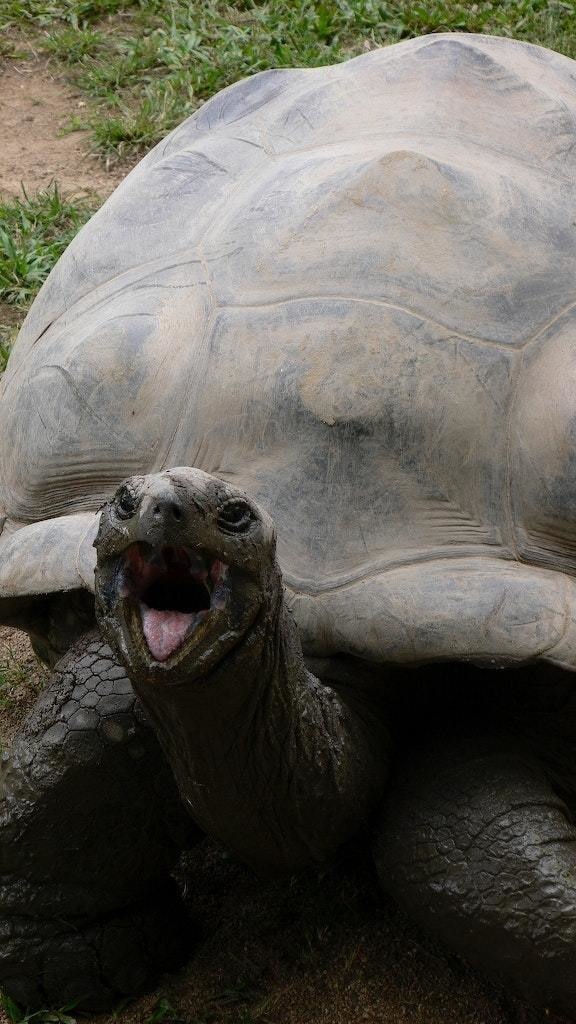
The race for the longest-living animal seems to be led by the creatures living in the ocean. The Alaskan shortraker rockfish and the Namibian orange are both estimated to live up to roughly 200 years old, maybe even longer. Harriet, a Galapagos tortoise, lived to the incredibly old age of 170! They may be old, but the Greenland sharks definitely have them beat, but only if Nielsen was right about his estimations.
No Need To Rush
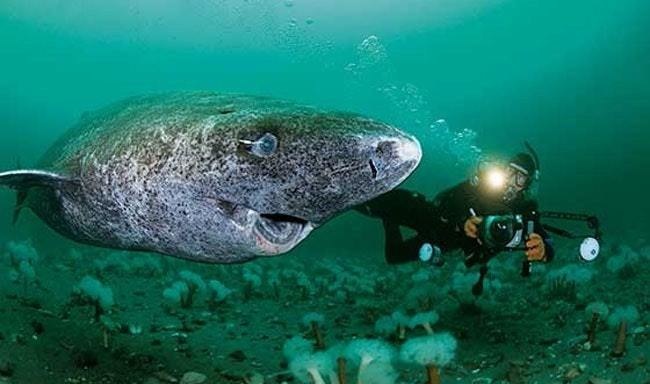
Verifying an animal’s age isn’t an easy task, especially one that has lived such a mysterious life. Researchers were alerted about their possible longevity by witnessing the Greenland shark’s growth rate. They are suspected to grow approximately one centimeter a year! Despite their slow growth rate, they’re one of the largest sharks on the planet, with lengths of up to 20 feet long! You may be surprised, but scientists think this is because of how cold their home is.
Does Cold Water Preserve Them?
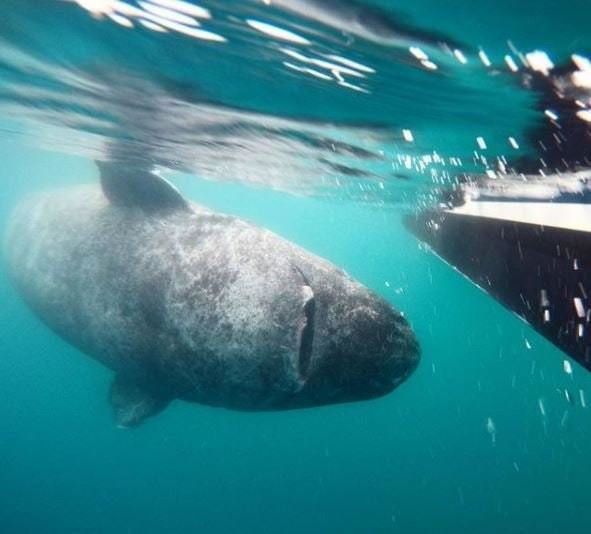
“In colder temperatures, growth slows and fish tend to get older,” reported Aaron Fisk, who has studied the Greenland sharks for 20 years. “It’s not hard to imagine that they could be 200 or 400 years old.” Nielsen and his team wanted to test this hypothesis, but they definitely had their work cut out for them.
Not An Easy Task
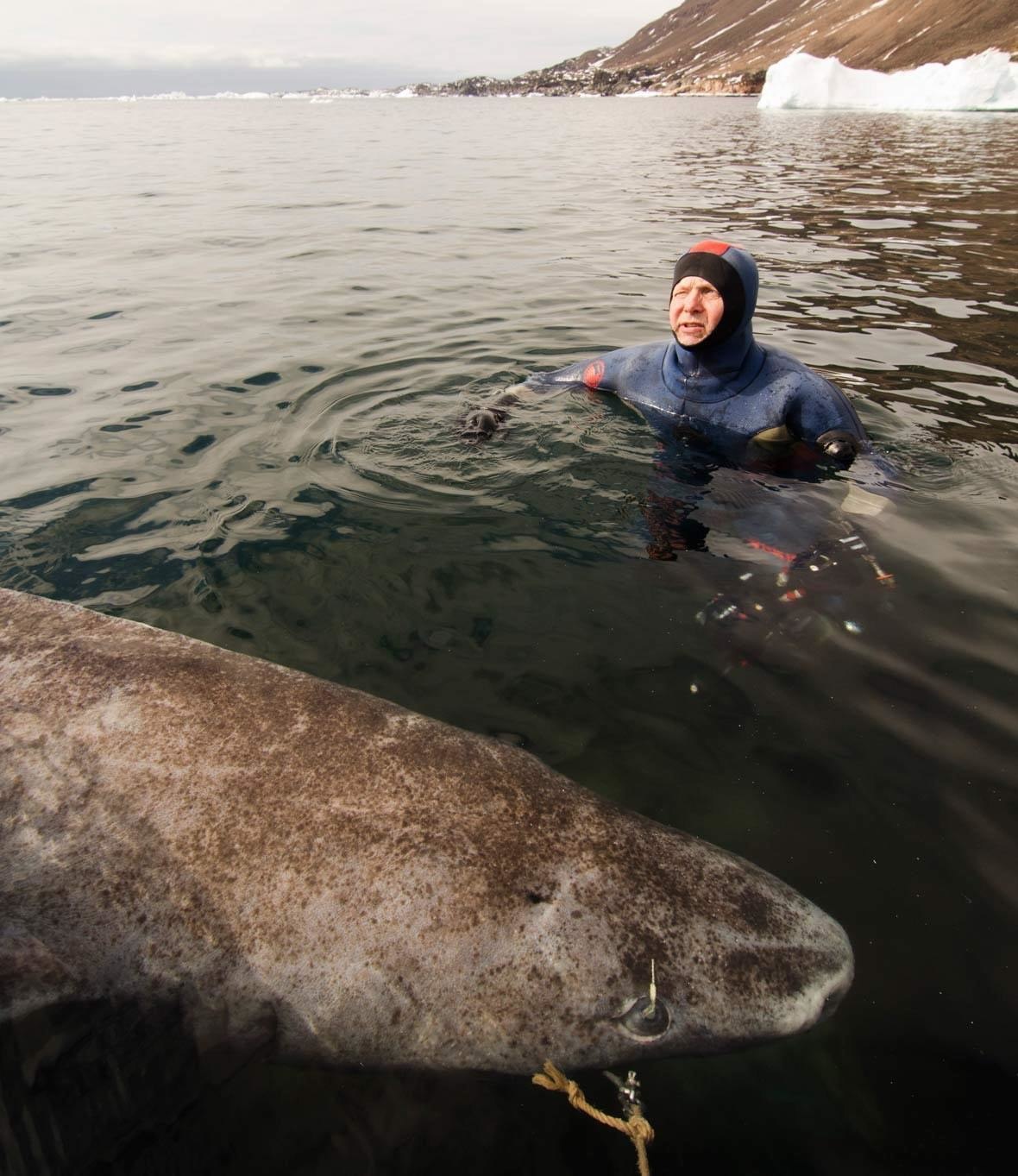
Some species of fish, like the salmon and cod, have otoliths -tiny bone structures, which have seasonal growth rings, kind of like the rings you can see in tree trunks. These rings allow researchers to figure out the fish’s age. But, unlike the salmon, the Greenland sharks don’t have otoliths, or hardly any calcified material, at all! So, there are no layers for scientists to count. The scientists then turned to a more complicated technique, found in an organ, to determine their age.
Looking Into Their Eyes
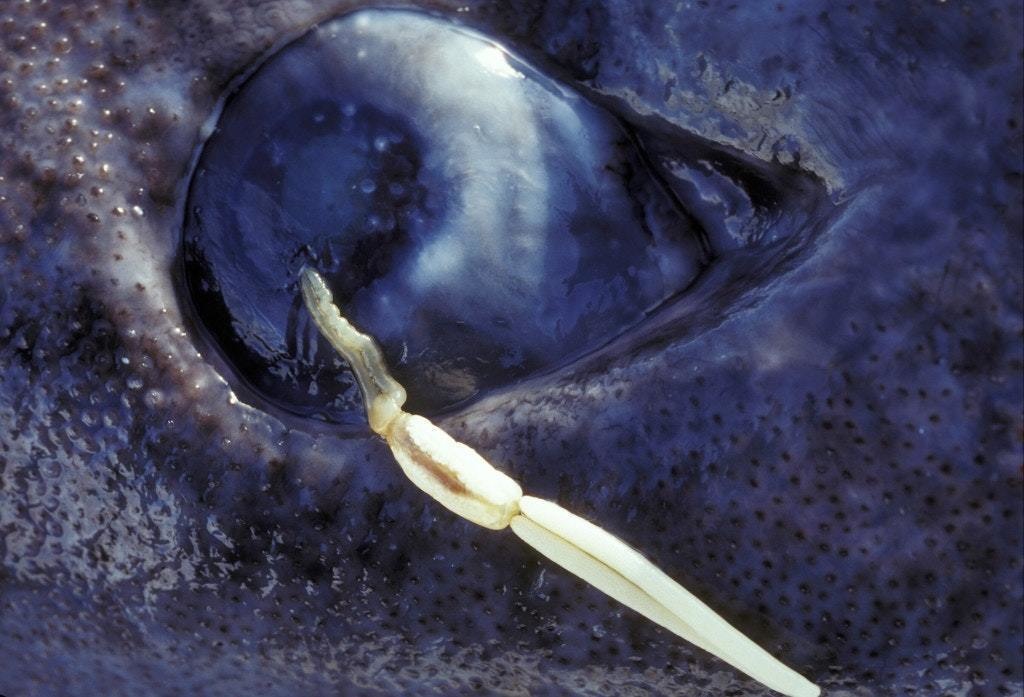
All vertebrates have an eye lens that continues to grow throughout their entire life, but the core of the lens is formed before the animal is even born. The core contains a chemical signature from the environment the animal was in during its birth. Scientists use a technique called eye lens radiocarbon to help verify the age.
Radiation In The Water
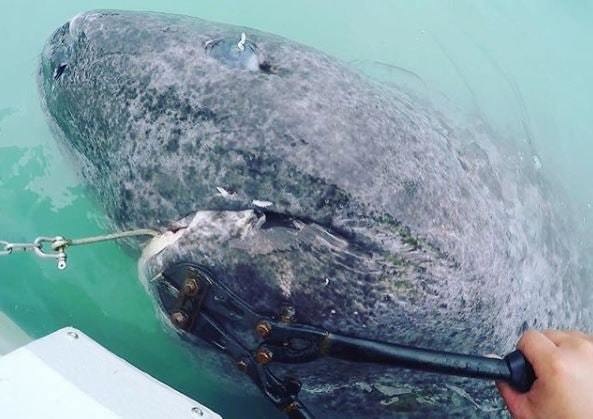
The first step they needed to take was trying to figure out if the animal was born prior to “the bomb pulse” – a series of thermonuclear weapons tests that occurred in the late 1950s that led to a huge spike in the amount of radiocarbon the atmosphere. Doing this showed the researchers that three of the sharks tested were born after 1960, but they never could’ve imagined how old the rest really were.
Happy 512th Birthday!
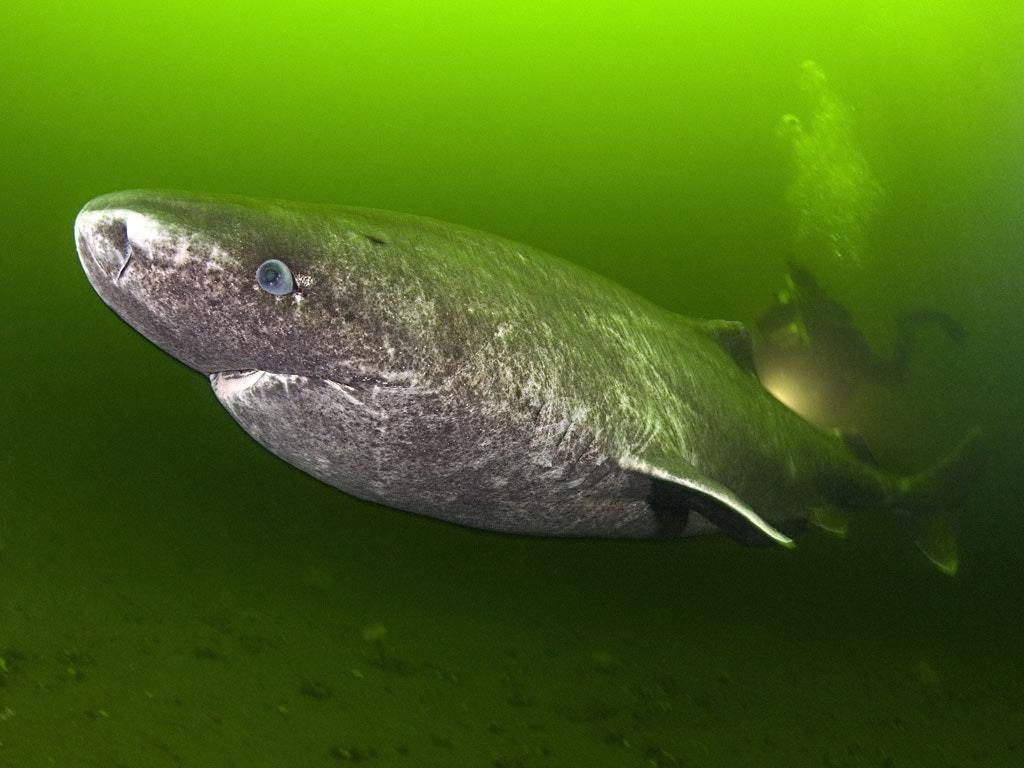
Nielsen’s team then took the radiocarbon levels in the 25 sharks and compared them to a chronology of radiocarbon fluctuations that went back 50,000 years. They also assumed that the older the shark was, the longer it was, too. Using these calculations, they found the longest shark – a whopping 16 feet – was around 272 and 512 years old. Not all scientists agree with their conclusions.











RSS